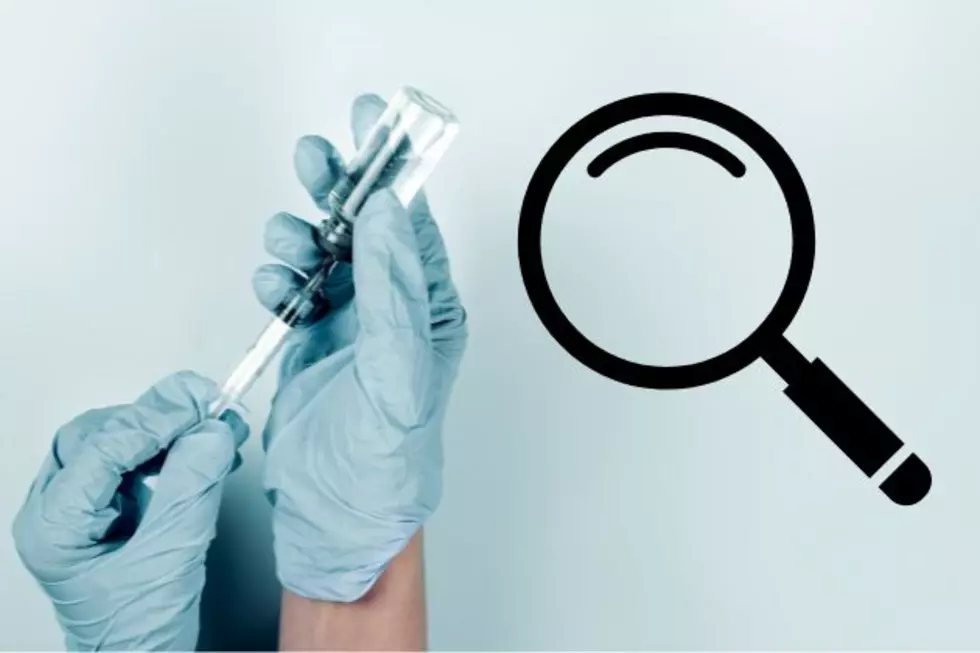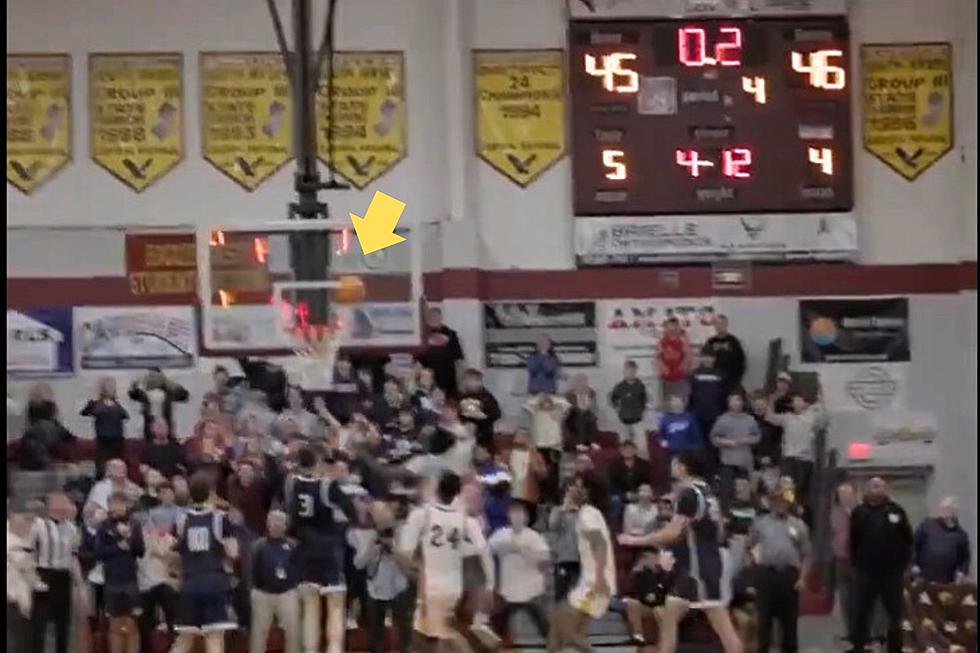
NJ lifeguards need to protect themselves while saving you
More than perhaps ever before, lifeguards along New Jersey's coast have to worry about protecting their own lives while trying to save yours.
In response to the COVID-19 public health crisis, beach patrol crews have been trained on modified rescues and lifesaving techniques to help limit the risk of virus transmission.
To limit interaction in the first place between lifeguards and the public, Seaside Heights Beach Patrol is "tightening the reins" on swimmers in 2020, according to Patrol Chief Jay Boyd.
"They're not going to have the freedom like in past years here in Seaside Heights," Boyd told New Jersey 101.5.
For rescues that do need to occur, the unit has acquired equipment meant to protect guards without inhibiting their ability to travel toward those in need, according to Boyd. Snorkel masks, for example, will be equipped with a filter that eliminates 95% of particles going in and out of the tube. At the same time, guards' noses and mouths will be covered.
"Any air that the lifeguards will be breathing will be going through the N95 filter," Boyd said.
Swimming with these masks is not ideal, so they'll be utilized when guards use a jet ski or SeaBob to make a rescue, Boyd said.
Noting the pandemic is an experience not faced by humanity in over 100 years, the United States Lifesaving Association suggests that guards wear a fabric mask whenever they're within six feet of others. The association also advises crews to avoid mouth-to-mouth resuscitation, and use a bag-valve-mask or positive pressure ventilator with a HEPA or N95 filter.
Boyd said "there won't be anymore mouth-to-mouth" in light of the crisis. Mathew Giachetti, certification and training officer for beach patrols in Spring Lake and Manasquan, said compression-only CPR is the go-to approach for now. A patient would be ventilated only if a bag mask on hand is equipped with a HEPA filter.
"If a guard goes down, it's going to be very difficult to determine when that guard was exposed," Giachetti said.
For land-based rescues, Giachetti said, guards with a mask are advised to stay 10 to 12 feet away for a visual and verbal assessment, as long as the patient is conscious.
"In the past, we'd go right up to a person, and the only personal protective equipment we would have is a pair of gloves," Giachetti said.
In the water, the less extreme rescues can occur from a distance, he added — a harness attached to a "torpedo" allows for that.
"That'll work in okay or good conditions," Giachetti said. "In conditions such as rip tides, we tell them to try as best as possible to approach them from behind, facing away from us."
Once back on the shore, he said, it's recommended the guard bathe "head to toe" as soon as possible, when the patient is in good hands.
More from New Jersey 101.5:
What else should be open in New Jersey? Your answers:
Contact reporter Dino Flammia at dino.flammia@townsquaremedia.com.
More From New Jersey 101.5 FM









